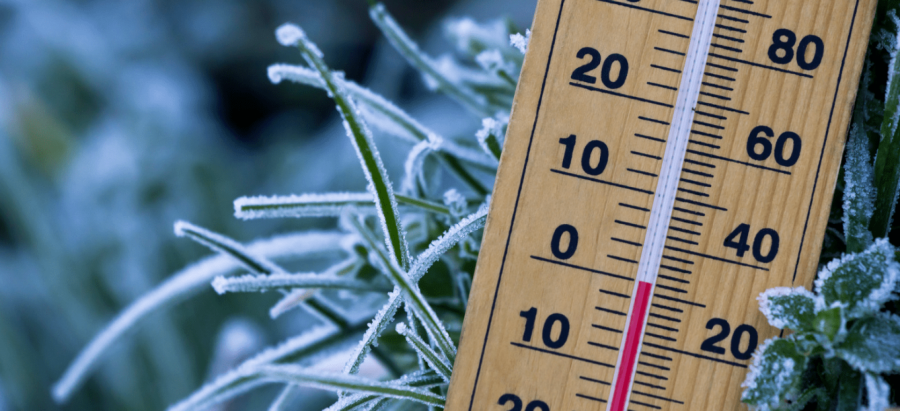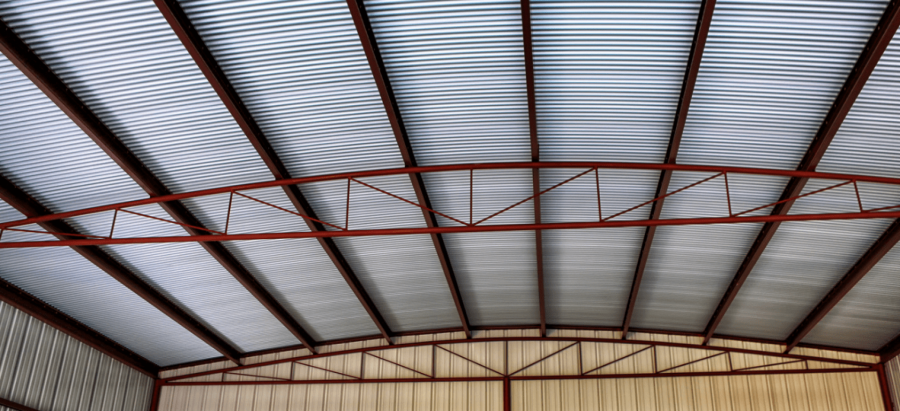
Spray Foam Insulation In The Winter

Spray foam insulation is an effective solution for keeping homes warm during the winter. This material serves as both insulation and an air barrier, effectively sealing wall, floor, and ceiling cavities to prevent the movement of air, creating a more comfortable and energy-efficient living space. In this blog post, we will discuss some valuable tips on how to apply spray foam insulation in cold weather, ensuring optimal results even when temperatures drop.
Applying Spray Foam Insulation in Cold Climates: Challenges and Considerations
Cold Weather and Spray Foam Insulation

Tips for Winter Spray Foam Application
- Use Portable Heating Equipment: Portable heaters or indoor heating units can be employed to warm the space and ensure the substrate is within the recommended temperature range.
- Prepare the Space in Advance: For structures like roofs or large enclosed areas, it's essential to seal the space and, if possible, use a temporary furnace or natural gas heaters to preheat the area for several days before installation.
- Select the Right Spray Foam Blend: Closed-cell spray foam often has winter-specific formulations that can be applied within a defined temperature range, whereas open-cell foam is less adaptable to extreme cold.
Insulating Metal Structures in Winter

Choosing the Right Type of Spray Foam
- Closed-Cell Spray Foam: Offers superior resistance to heat and moisture, making it ideal for areas prone to extreme weather or high humidity.
- Open-Cell Spray Foam: Lighter and more cost-effective, this foam type provides excellent noise reduction and mold resistance.
Cost Considerations for Winter Applications
- Fuel for heaters to maintain optimal temperatures.
- Temporary weatherization products to seal and protect the insulation area.
- Adjustments for winter-specific foam blends.






